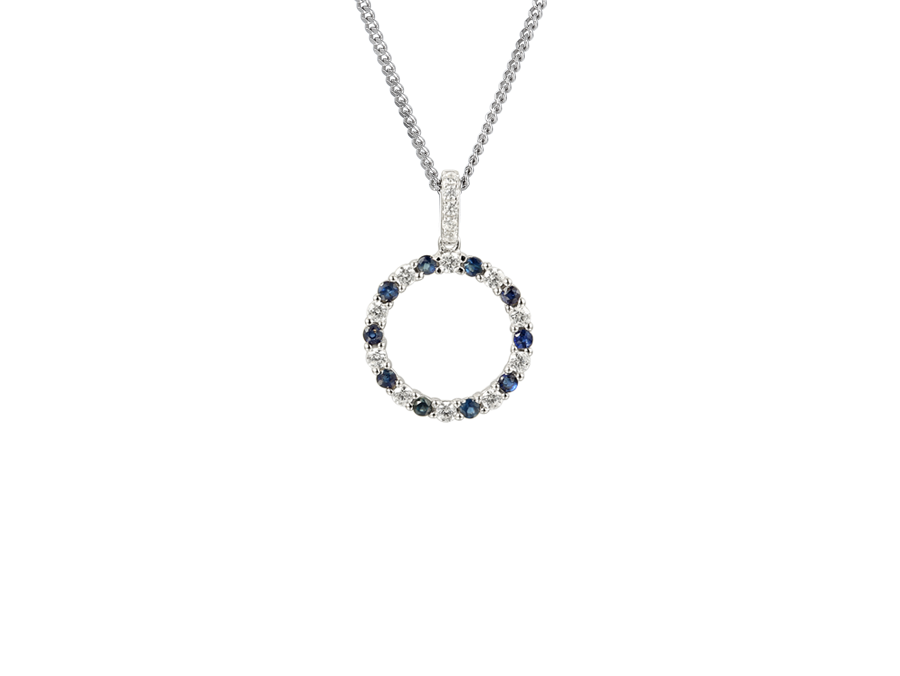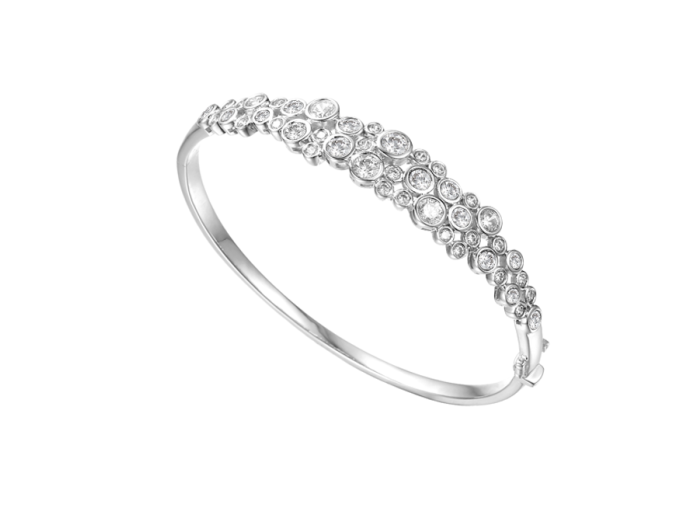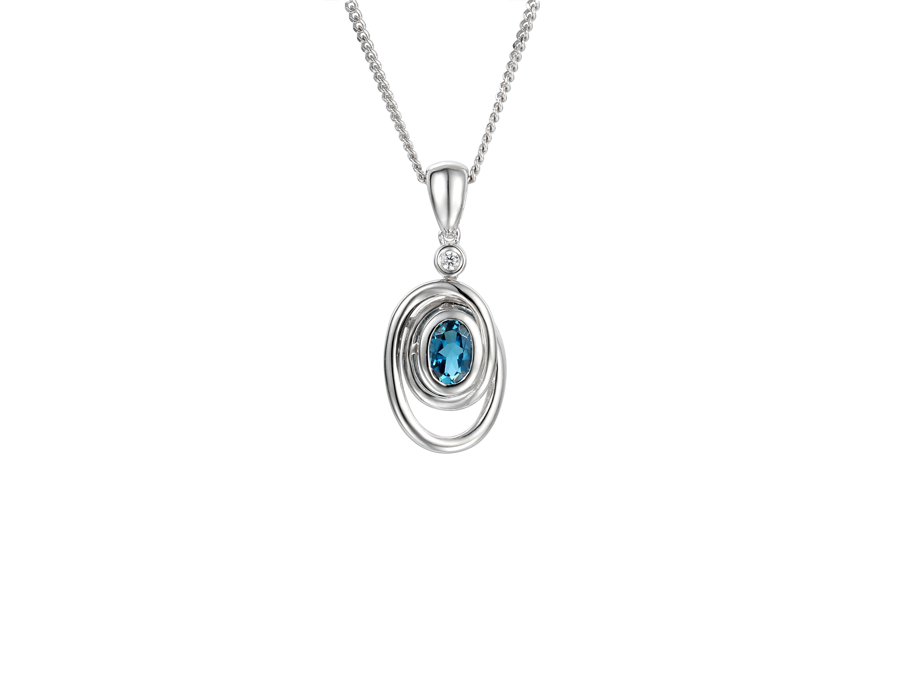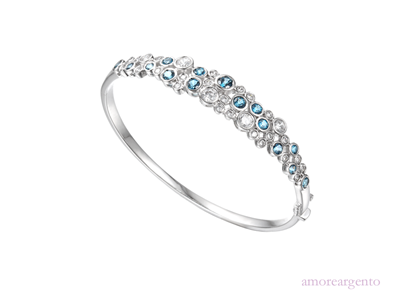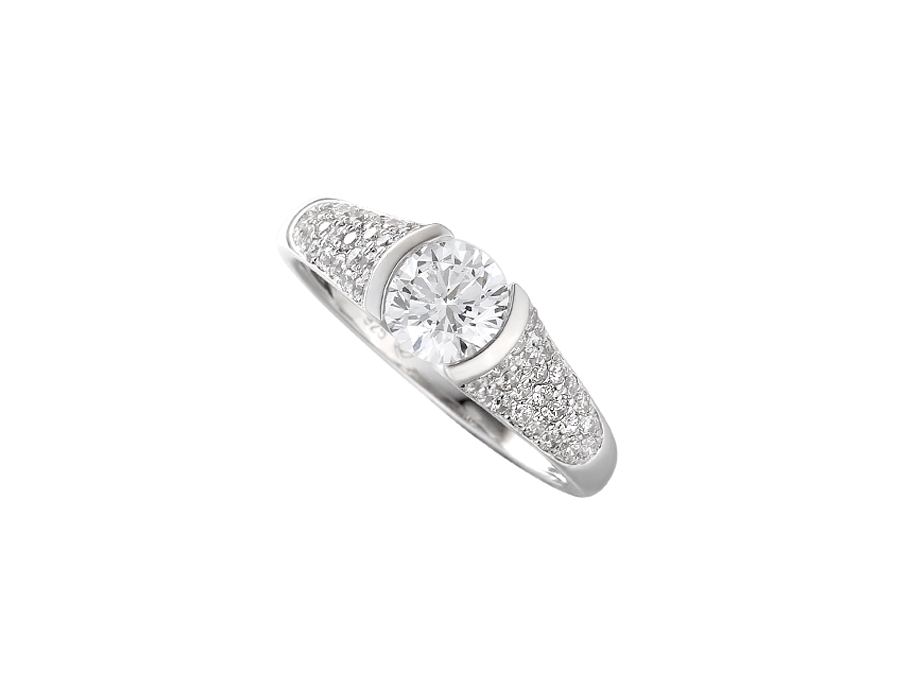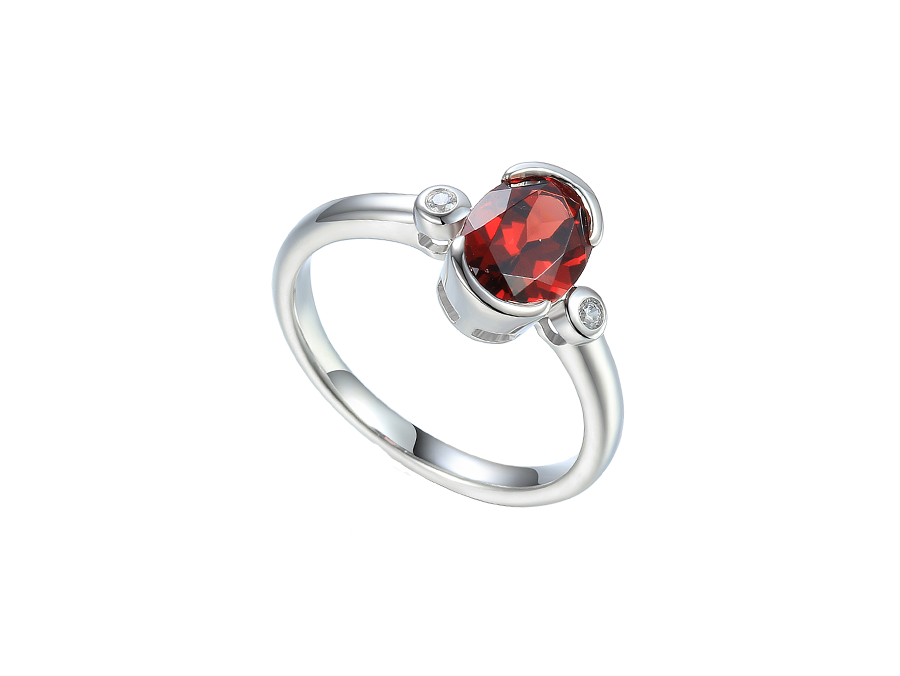We use cookies to make your experience better. To comply with the new e-Privacy directive, we need to ask for your consent to set the cookies. Learn more.
History Of Birthstones – What Was Yours 500 Years Ago?
Birthstones were historically associated with religion, and several centuries ago the custom was to own all twelve stones, and wear one each month. The number twelve is significant for many reasons, including the twelve apostles, the months of the year and the twelve zodiac signs. There are more than twelve birthstones, but this is only because some months have more than one stone associated with them.
Birthstones were standardised in 1912 by the American National Association of Jewellers, and the list is used globally, with some exceptions found in the UK list. For over a century there has been a general agreement of which birthstones are associated with which month, but before this standardisation there was much more choice for each month.
January is the only month that has not seen any changes in its associated birthstone – garnet is, and always has been the single stone for the first month of the year, so even back in the 1400s you would be wearing garnet if you were born in January. February is traditionally represented by amethyst, but 500 years ago you could also wear hyacinth or pearl, a nice choice if purple isn't your favourite colour.
For March we have two possible stones in the modern age, bloodstone or aquamarine. Centuries ago jasper was also a possibility, but aquamarine was not – it was associated with October instead. April babies are the lucky ones, as their birthstone is diamond. In the UK rock crystal is also associated with April, but roll the clock back several hundred years and sapphire appears alongside diamond as the stone to wear. Sapphire is now associated with September instead.
May is represented by emerald or chrysoprase, and while emerald was still applicable in the 15th century agate also appears. Nowadays agate isn't associated with any month, although it is the stone for the zodiac sign Gemini, which starts towards the end of May, so there is still a link to the past to be found.
June has a choice of pearl or moonstone, with moonstone being the more traditional choice. Neither of these were associated with June in the middle ages, when cat's eye, turquoise or agate were the options. The zodiac sign Gemini also bridges June as well as May, so again there is still a link to the past there. July now has ruby or carnelian as the birthstones to choose from, but as with June the original choices were very different, with turquoise or onyx to select instead.
Moving into the height of summer August offers peridot or sardonyx, but many moons ago there was a wider choice of sardonyx, carnelian, moonstone or topaz. September babies have sapphire, or the equally blue lapis lazuli to choose from, but would historically have been stuck with chrysolite as the single option, which is a different colour altogether.
Moving into autumn those born in October are now represented by opal, which was always an option along with aquamarine. November is associated with topaz or citrine, with the topaz connection going back many centuries, when it was a choice between topaz or pearl. Finally, December is now represented by tanzanite or turquoise, a far cry from the original bloodstone or ruby choices that were the original options.
At Amore Argento we have chosen the most appropriate stone for each month from the options – the chart below shows you which stone corresponds with which month:
Month - Stone
January Garnet
February Amethyst
March Aquamarine
April Diamond or cubic zirconia
May Emerald
June Pearl
July Ruby
August Peridot
September Sapphire
October Opal
November Citrine
December Blue topaz








